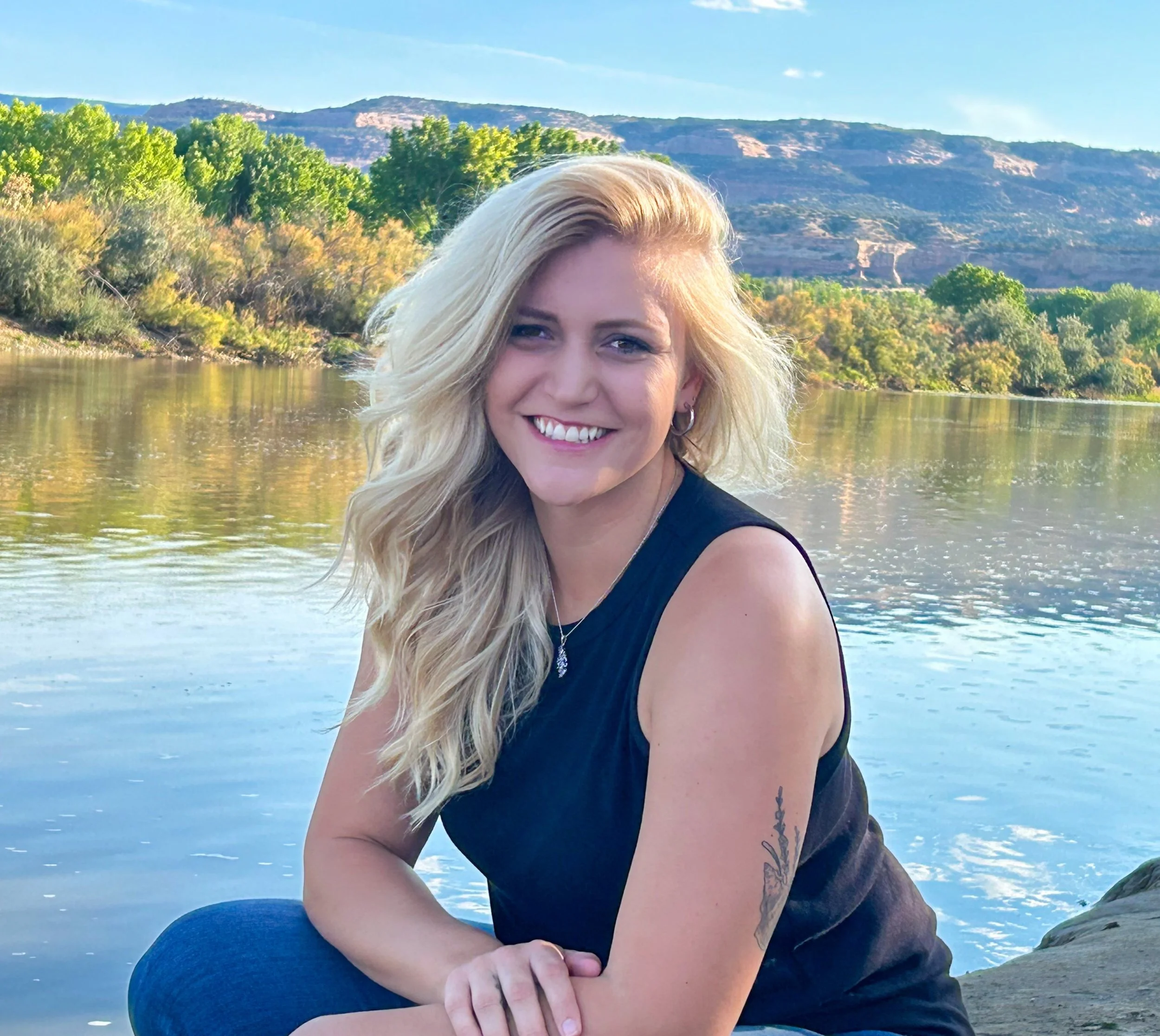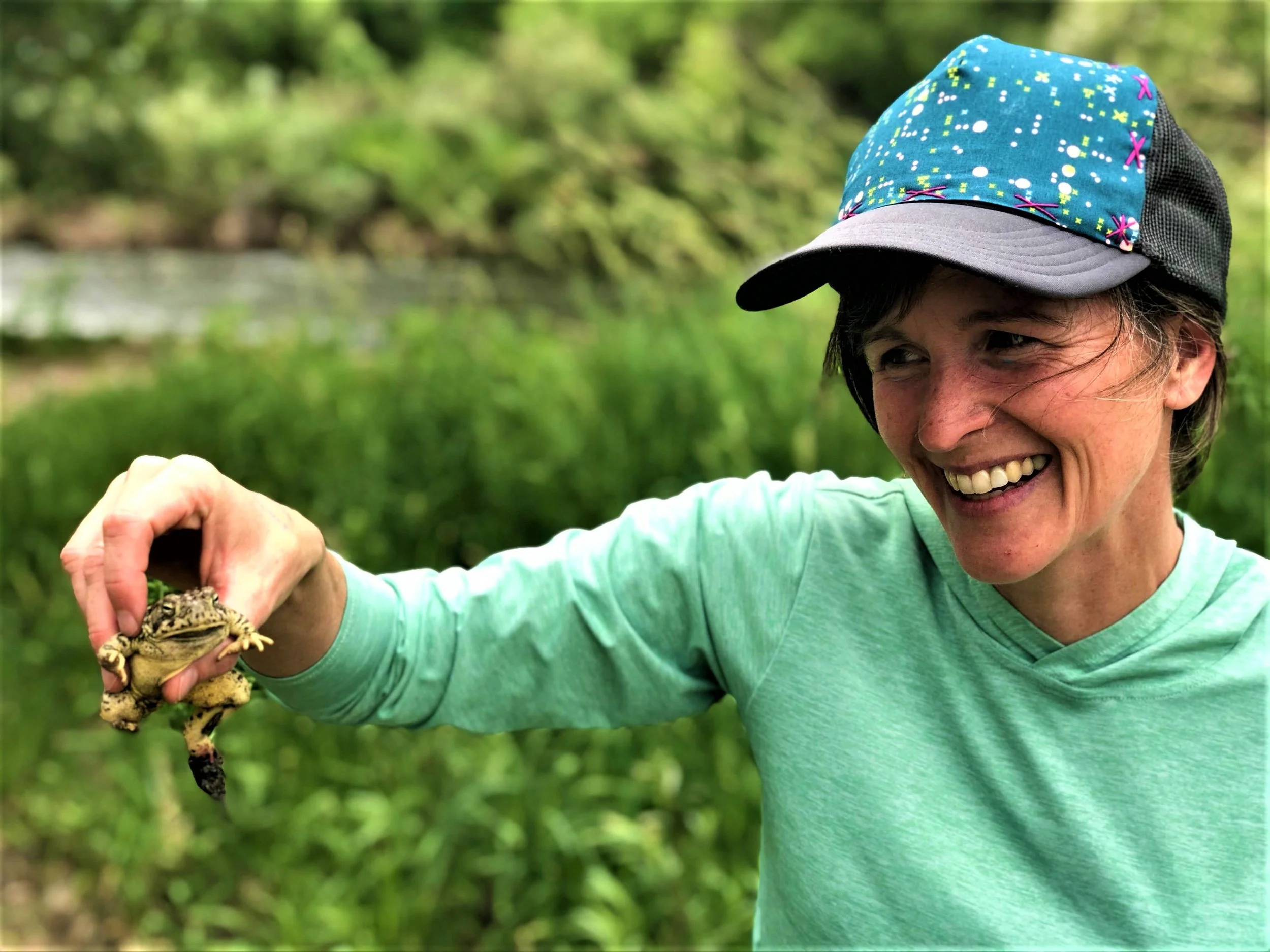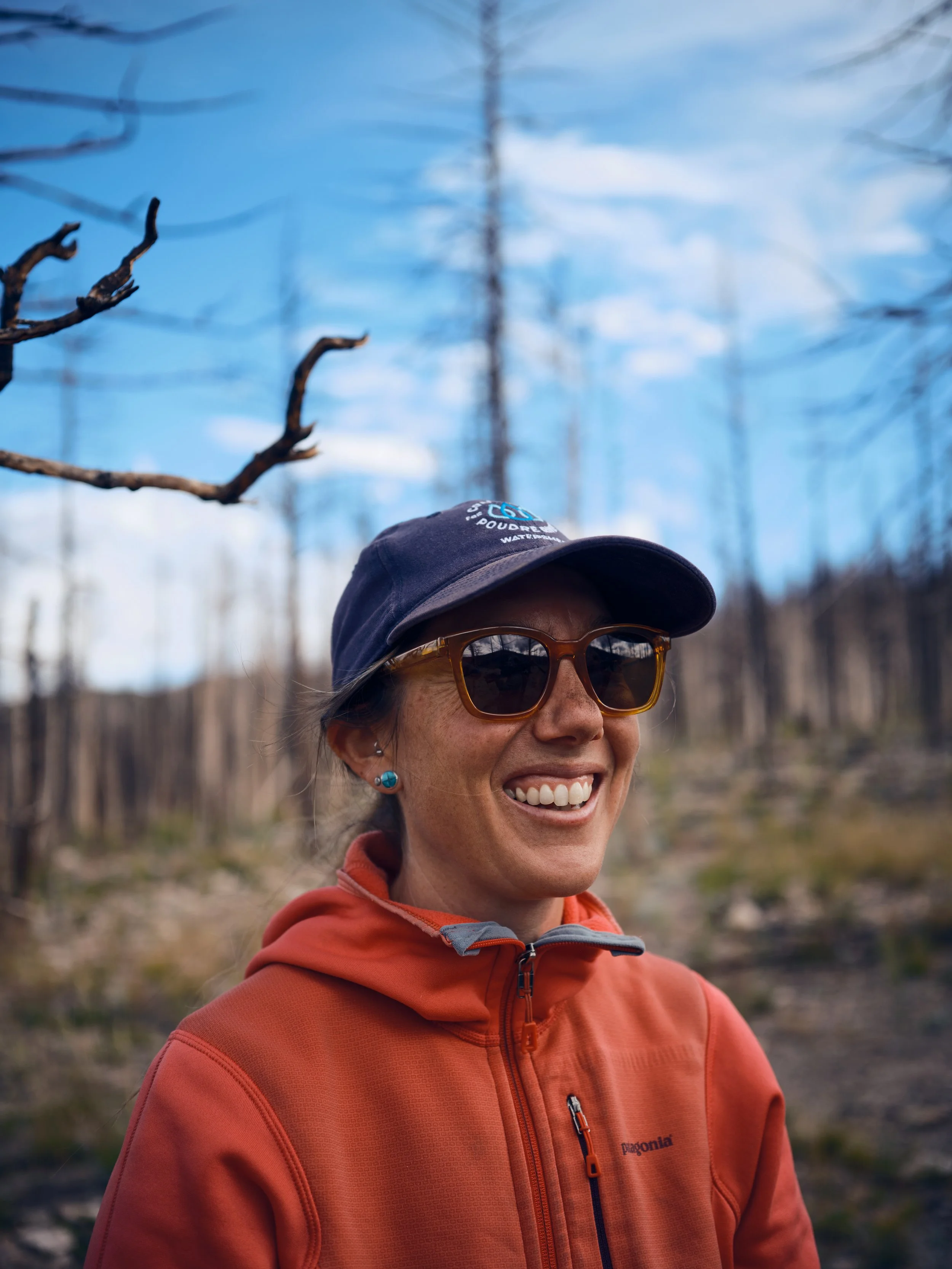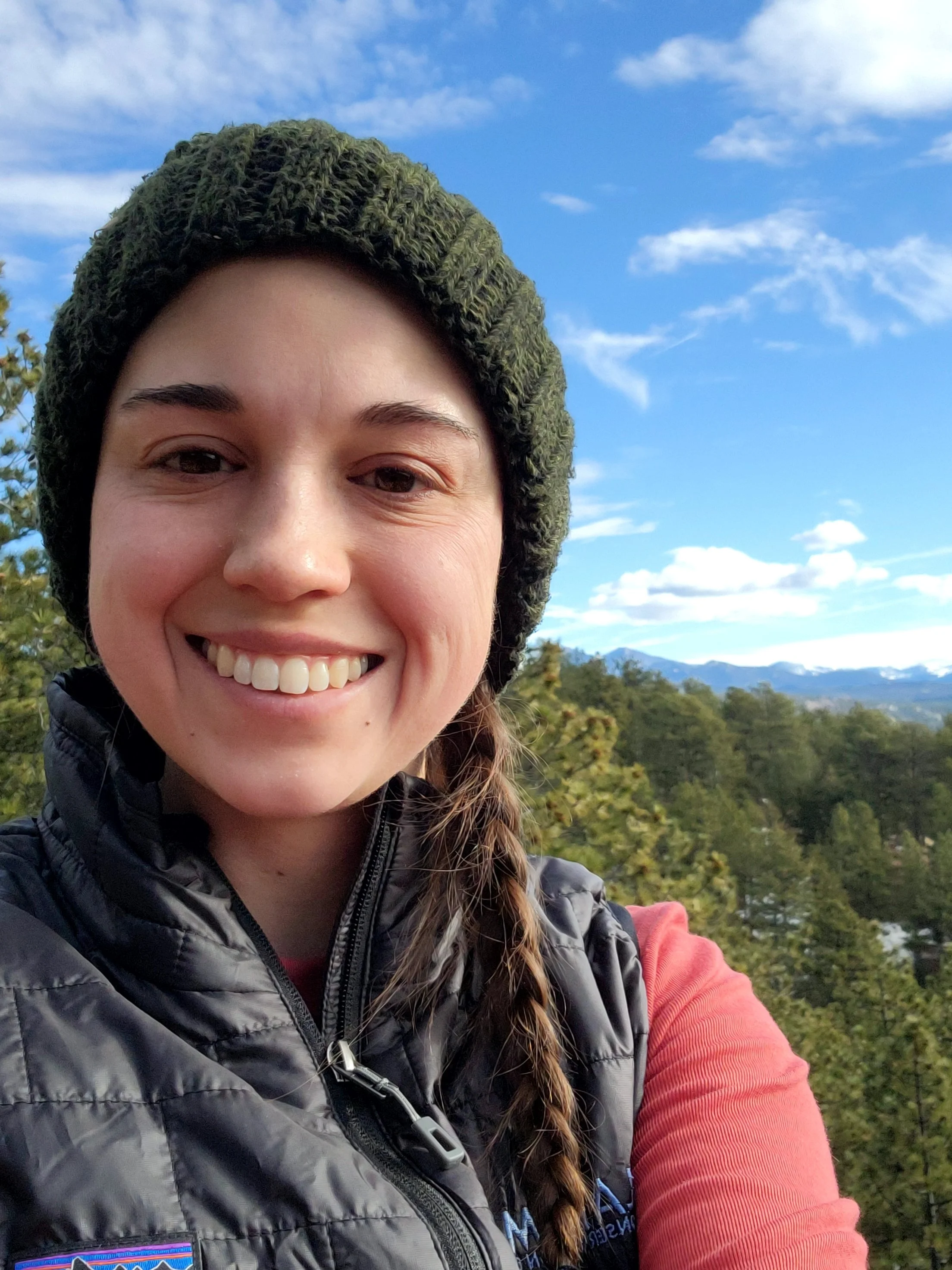Session 3: Habitat
〰️
Session 3: Habitat 〰️
-
Wetlands offer ecological benefits such as storing water, improving water quality, sequestering carbon, and providing habitat for wildlife. Although they make up just 1.5% of Colorado’s land area, wetlands support a disproportionately high number of species and provide critical stopover habitat for migratory birds. However, due to escalating drought and development pressures, wetlands are now vanishing, making their restoration a critical line of defense for wildlife, river, and floodplain health.
On Colorado’s Western Slope, private landowner Steve Bittle envisioned creating a seasonal wetland to support native wildlife and enhance waterfowl hunting. In 2022, he connected with RiversEdge West (REW), a nonprofit focused on riparian restoration, through the Natural Resources Conservation Service (NRCS). REW worked closely with the Bittle Family, Colorado Parks and Wildlife (CPW), and Ducks Unlimited to bring the vision to life.
The team designed a 3.75-acre shallow water wetland aimed at supporting migratory birds. Funded by CPW’s Wetlands for Wildlife Conservation Program, the project was completed in March 2023. Native vegetation was seeded along the embankments, and the wetland was filled, quickly drawing in waterfowl. Habitat monitoring showed a 57% improvement for dabbling ducks and 23% for sandhill cranes. The wetland is managed through seasonal flooding and drying, supporting high-value food plants and invertebrates for birds. This was REW’s first shallow-water wetland project on private land in the Grand Valley.
This project illustrates how unlikely collaborations between private landowners, nonprofits, and public agencies can overcome traditional barriers to conservation. Attendees will gain insight into how these cross-sector partnerships filled critical gaps in funding, expertise, and land access to bring a shared vision to life. This model offers practical lessons for building trust, aligning goals, and driving lasting ecological change through creative, collaborative solutions.
-
Christa grew up in the Grand Valley and earned her B.S. in Environmental Science and Technology from Colorado Mesa University in 2020. She previously had a part-time position conducting environmental research in the energy and mining fields and then worked as a middle school science teacher for District 51. Now at RiversEdge West, in partnership with the NRCS, she supports riparian restoration with private landowners. Passionate about land stewardship and hands-on science, Christa is committed to protecting the place she calls home. Outside of work, she enjoys reading, hiking, thrifting, and spending time with her daughter as they explore life’s many adventures.
-
Colorado has roughly 700 diversion structures in its stream corridors. They serve a critical function in water delivery, but their presence often comes with significant impacts to stream function at all flow conditions. Moreover, diversions often require extensive and costly maintenance. As Coloradoans face the challenge of upgrading and replacing aging diversions, this offers a chance to look at new designs that are more geomorphologically and ecologically friendly.
This exciting and lofty goal has already sparked many innovative diversion replacement projects in Colorado. Our pioneering panelists will engage participants in lively banter focused on what it’s like to implement these designs from initial planning through design, permitting, construction, and maintenance/operations. The panel will discuss case studies from around the state, hurdles encountered, and the context-dependent strengths and limitations of this design approach.
Lucas Babbit
Corey Engen
-
Julie Ash is a senior river engineer, project manager, and professional engineer with over 30 years in the restoration community. Julie has a long history of advocating for stream systems and riparian areas, including serving in diverse volunteer roles with the Colorado Riparian Association since 1996. Julie applies her broad experience in multiple benefit approaches to increase the resiliency of river systems, combined with her expertise in stakeholder outreach and engagement, to support ecological improvements and keep pushing river science forward in Colorado. Julie originally hails from Michigan, earning her civil engineering degree from Michigan State University and then promptly becoming a ski bum in Aspen. Now, 30 years later, she is still embracing the “not native but I got here as quick as I could” mentality.
-
Bernadette Kuhn is a Project Manager/Senior Environmental Planner at the City of Fort Collins Natural Areas. She manages large-scale river restoration projects and is a contributing author for the Poudre River Health Assessment Framework, Colorado’s State Wildlife Action Plan, and the BLM Climate Change Vulnerability Assessment. She earned her Bachelor’s degree in Environmental Science from the University of Kansas (Rock Chalk Jayhawk!), and her Master’s degree in Botany & Vegetation Ecology from the University of Wyoming.
-
The Preble’s Meadow Jumping Mouse, Zapus hudsonius preblei, (PMJM) is a riparian specialist that serves as an indicator species for the ecological integrity of first and second-order watersheds in the Rocky Mountain region of the US. In 1998, PMJM was listed as a threatened species by the US Fish and Wildlife Service (USFWS). Recovery efforts by federal agencies have largely focused on well-known, charismatic species. As a result, lesser-known species have often been given lower priority and limited funding. An additional challenge to species recovery has been that ~ 50% of listed species have at least part of their habitats on private lands. Private landowners have sometimes viewed contributing to species recovery as an infringement on property rights. After two different recovery teams and 21 years to produce a Recovery Plan, the USFWS recognized the need for a different approach to PMJM recovery. The result was the establishment of the first Site Conservation Team (SCT) by the USFWS in 2019. This new SCT model uniquely combined community-based participation and collaboration, private landowner leadership of process development and conservation action, extensive community outreach, a scientific foundation, and an emphasis on watershed health. Since 2019, the North Fork Poudre SCT has successfully nominated a recovery population, developed a comprehensive conservation plan, and initiated restoration on 102 stream miles of potential habitat for approximately 4,000 PMJM individuals.
The North Fork Poudre SCT is a highly collaborative team between the private sector and community organizations, federal agencies, and municipalities focused on driving change for PMJM habitat. These unlikely community partnerships have led to an increase in riparian and stream restoration projects across PMJM habitat in Northern Colorado, ultimately leading to an increase in overall watershed health.
-
Megan Maiolo-Heath grew up on Colorado’s Front Range, where her love for the outdoors was nurtured through many family adventures. At 18, she became a whitewater rafting guide, sparking a lifelong passion for rivers and a commitment to conserving them. She earned a Master of Public Administration from the University of Colorado Denver, with certificates in Nonprofit Management and Environmental Policy, Management, and Law. For more than 17 years, Megan’s dedication to the environment has shaped her career in the nonprofit sector, where she has led marketing, community outreach, and fundraising efforts for both local and international organizations.
-
Anna Cloud has worked at the Larimer Conservation District as the Riverscapes Program Manager since 2023. She’s excited to be establishing and growing a program that helps private landowners and land managers restore healthy riverscapes across Larimer County, and is happy to be part of such a collaborative restoration community on the front range. She’d happily talk your ear off about all things beaver, process-based restoration, and community relationships. Outside of work, she loves hiking, biking, gardening, and baking.
